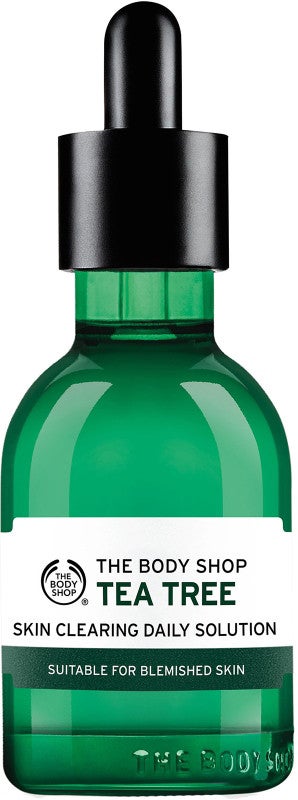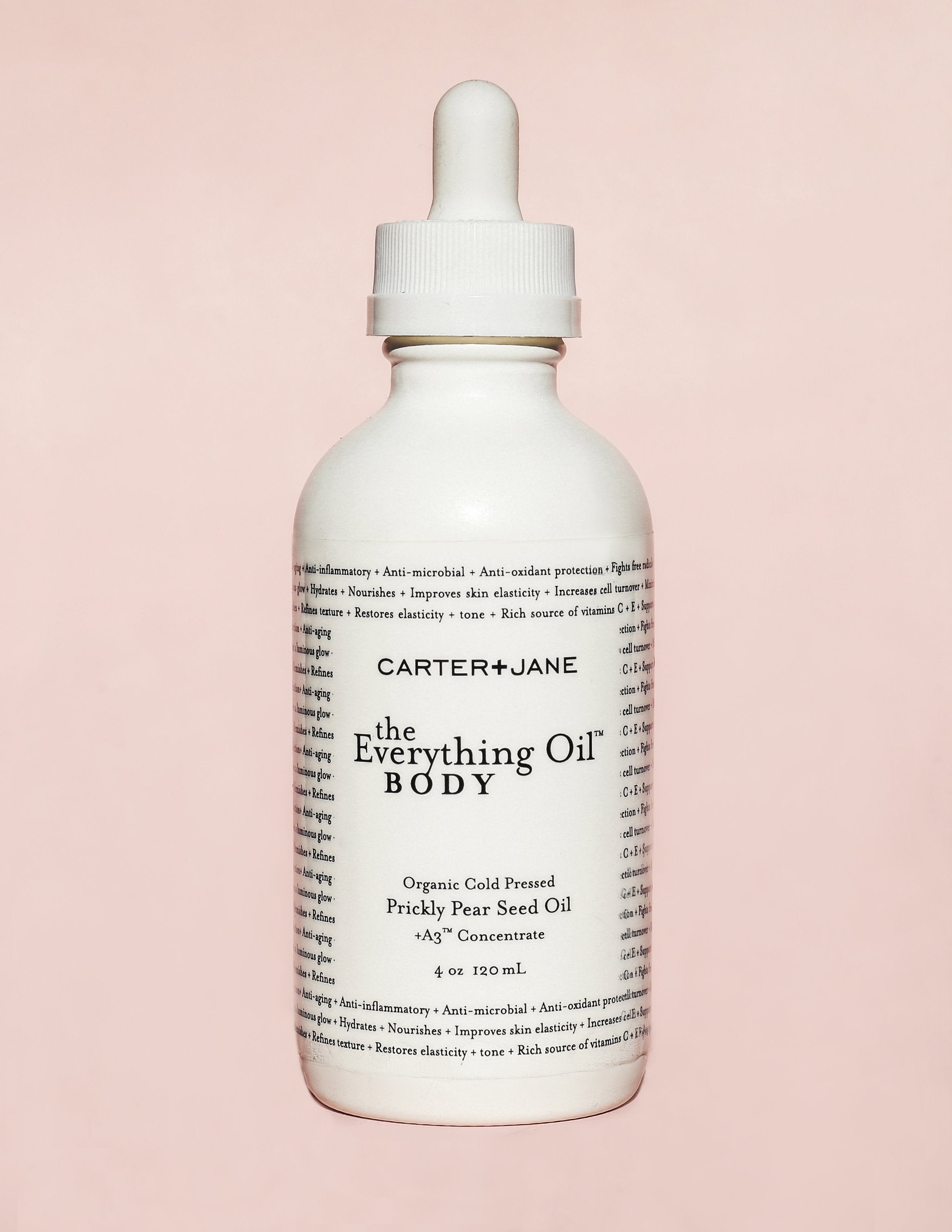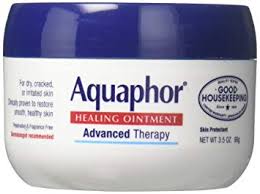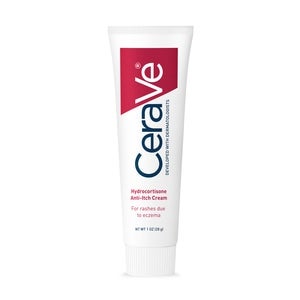"Did I shave wrong?" I recall asking my mom when I discovered tiny bumps on my legs after I shaved for the first time. "Those are razor bumps," she told me. Little did I know at the time that this form of inflammation, which occurs when the outer layer of skin is disrupted, happens to most people who opt to shave — and it can happen anywhere you grow hair on the body.
Considering how many people are plagued by razor bumps, we've all heard the tips and tricks for avoiding them, from how many blades to use and how moisturizing is the best way to ensure razor bumps don't turn into razor burns. One such suggestion is using tea tree oil as an at-home treatment, betting on its anti-inflammatory properties, not unlike how it's used for blemishes. As an acne-fighting ingredient, the essential oil has a major caveat, which is that it can seriously irritate skin when used as full strength.
AdvertisementADVERTISEMENT
So I wondered: Does tea tree oil have the same risks when it comes to treating post-shave bumps below the neck? I turned to the pros to better understand why the oil is so popular, and if it really is the best at-home option.
Why Is Tea Tree Oil So Popular For Skin?
Pure tea tree oil is known to be a natural antiseptic, and it's used as a topical agent to soothe burns, cuts, and insect bites. When diluted correctly, it can also be used to treat itchy scalps and acne, with some skin-care brands adding it to blemish-fighting formulations. It's because of those anti-inflammatory and anti-microbial properties that the oil became a go-to trick for razor bumps, too. "Razor bumps are essentially areas of skin that are inflamed because of ingrown hairs, and tea tree oil is known to calm the inflammation and disinfect," says dermatologist Joshua Zeichner, M.D.
Is Tea Tree Oil Safe For Razor Bumps?
As much as its benefits make sense for razor-bump treatment, tea tree oil is potent. So, while it may work for some people, the experts still urge caution. "Tea tree oil can cause both irritant and allergic reactions," warns dermatologist Hadley King, M.D.
Applying too much or too high of a concentration could end in disaster, which is why it's suggested to dilute the oil or use it as just one ingredient within a formulation to lessen the probability of a skin reaction. "If you choose to it, use it sparingly and only on the inflamed area. I commonly combine tea tree oil with other hydrating oils, like Ghost Democracy Soft Glow Facial Oil, to help protect and moisturize the skin," says Dr. Zeichner.
AdvertisementADVERTISEMENT
It's also critical to remember that the oil should not be used if your razor bumps are painful or pus-filled — that's when you should visit a board-certified dermatologist.
How To Properly Apply Tea Tree Oil
If you do try out tea tree oil for your razor bumps, your application method is also key. Regardless of whether you have sensitive skin, all the dermatologists I spoke to recommend using a cotton swab or clean fingertips for precision, just as you would a spot treatment —don't spread or layer it on as you would a body lotion or serum. "If any itching, tenderness, or redness develops, wash off immediately and discontinue use," says dermatologist Ted Lain, M.D.
Dr. Lain also cautions that if you do use the oil in its pure form, certain steps should be taken when it comes to storage. "It should be used within a few months of purchase, closed in an airtight container," he says. "When tea tree oil is exposed to air, oxidation occurs, which leads to a higher probability of irritation to the skin than the original oil."
Other Razor Bump Treatments
If tea tree oil does cause irritation for you, or if you're just looking for a more clinically-proven treatment than a DIY remedy, there are plenty of other choices. "There are many better options to treat this condition that do not carry the same risk of contact dermatitis (irritation) that tea tree oil does," says Dr. Lain, who recommends over-the-counter hydrocortisone cream (1%). Dr. King recommends more hydrating oils and Aquaphor Healing Ointment, adding, "Any products with emollient and anti-inflammatory properties can be helpful for treating razor bumps or rash."
AdvertisementADVERTISEMENT
If you ultimately decide to go with tea tree oil, just remember to do so carefully — and use it with a chaser, a.k.a dilute it. While razor bumps might be pesky, a rash is even worse.
At Refinery29, we’re here to help you navigate this overwhelming world of stuff. All of our market picks are independently selected and curated by the editorial team. If you buy something we link to on our site, Refinery29 may earn commission.
AdvertisementADVERTISEMENT










